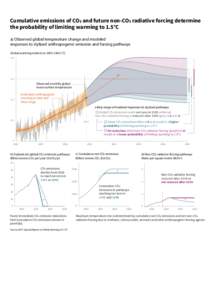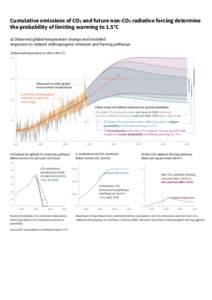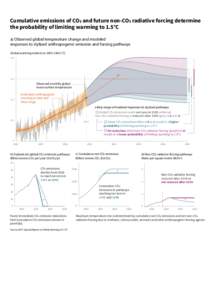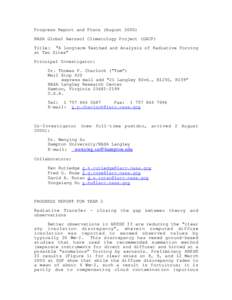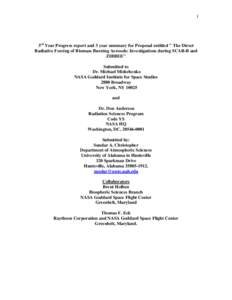<--- Back to Details
| First Page | Document Content | |
|---|---|---|
 Date: 2014-12-04 09:04:25Intergovernmental Panel on Climate Change Climate forcing Global warming Aerosol science United Nations Environment Programme Climate sensitivity Radiative forcing IPCC Fourth Assessment Report Aerosol Atmospheric sciences Climate change Climatology |
Add to Reading List |
 RESPONSE
TO
NOAA
RESEARCH
CONCIL
REVIEW
Review of CCSP Draft SAP 2.3 Aerosol Properties and their Impacts on Climate Background The Research Council, as part of its major project oversight duties for the Cli
RESPONSE
TO
NOAA
RESEARCH
CONCIL
REVIEW
Review of CCSP Draft SAP 2.3 Aerosol Properties and their Impacts on Climate Background The Research Council, as part of its major project oversight duties for the Cli